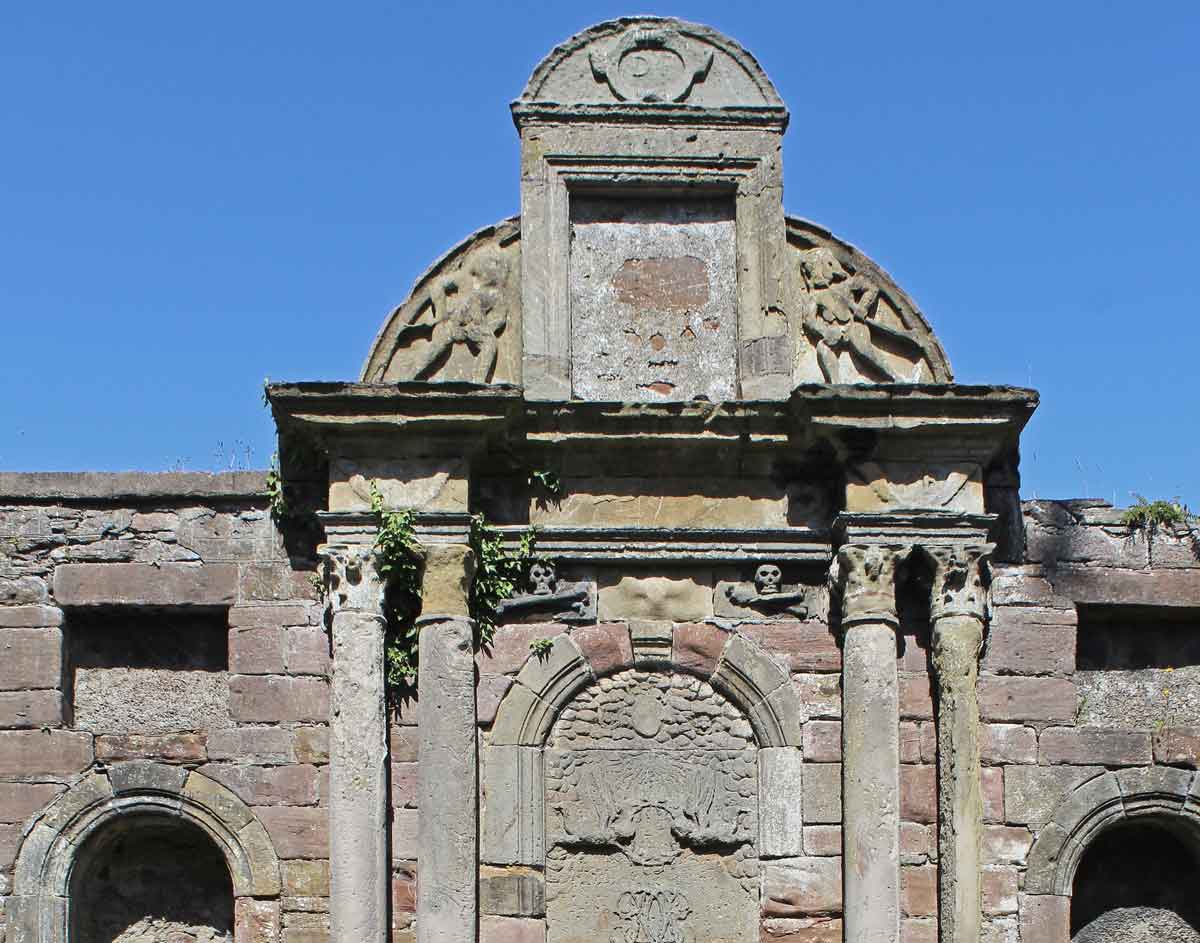If you like radical, progressive ideas you have to love the renaissance. It is an important milestone, marking the emergence of reason and scientific enquiry. It would eclipse mysticism and superstition, leading to the industrial revolution, every technological advance that followed and our modern concept of human rights.
Before the invention of the printing press, the science and philosophy of the Greeks and Romans of Pythagoras, Plato and Socrates had been stored on scrolls in a handful the ancient libraries. These libraries were lost one by one as civilisation disintegrated after the fall of the roman empire.
The last great library was that of Byzantium or Constantinople, or as we know it today, Istanbul. In the middle of the 15th Century, Byzantium was about to be overrun by invading Ottomans. The classical scholars that had protected and preserved the academic texts of ancient Greece and Rome in the library for 1000 years, fled to Italy where the were welcomed by the Italian nobility in Florence, Rome and Venice. They brought the knowledge of the ancient empires with them. Gradually the knowledge of philosophical enquiry, logic and mathematics began to spread out across Europe.
.

.
James V is commonly given credit for bringing the renaissance to Scotland, with the construction of the Royal Palace at Stirling Castle. It certainly includes many classical references, with statutes of the roman gods, Saturn, Venus. The use of symmetry and proportion indicate an awareness of continental ideas, with the aesthetics and stories of ancient Rome, but the ideas and architecture still seem rather mystical. A curious hybrid of gothic and roman religious ideas. Not quite the cold logic of mathematics and science promoted by Euclid, Pythagoras and Plato.
.

.
At this time, the North of Scotland was still relatively isolated from the south. Contrary to popular opinion, it was neither barbaric nor poverty stricken. Separated by mountains that were impassable in winter, the region of Moray and Inverness had developed their own economy and trading links with Europe. Many of the merchant families of Inverness grew exceedingly wealthy and maintained trading offices in Europe. They were aware of the new renaissance ideas and had their own opinions and interpretation that was separate to that of the south.
.

.
James Smith, one of the great architects of the renaissance in Scotland, was born at Tarbet, near Tain, Trained in Forres, he was encouraged to move to Edinburgh, where he worked on the new triumphal entrance for Holyrood Palace and eventually took charge of the crown estate as master mason. James Smith continued to work in Inverness, building the stone bridge across the river Ness in 1684. Colen Campbell, architect, author of Vitruvius Britannicus and credited as the founder of the Georgian Style was born in Forres and we cannot forget James Gibb the renowned architect originally from Aberdeen.
.

.
Wealthy merchant families like the Duff’s, Robertson’s and Forbes provided patronage to the emerging architects. Perhaps because of their practical commercial heads, the houses of Inverness and Moray had none of the mysticism of Stirling Castle. Sticking to geometry and mathematical proportions, sparingly decorated. With these architects, we find a more rational approach to the understanding of geometry and proportion, than that of the royal court. Their rational appearance is almost a parallel to the cubism of the early modern movement that would develop mush later at the beginning of the 20th Century.
The North of Scotland has long been maligned as an area that was remote and underdeveloped and reliant on the civilising influence of our superiors in Edinburgh. These buildings remind us that Inverness and Moray were prosperous, resourceful and engaged with the intellectual ideas of Europe. Unfortunately many of the buildings have been lost and those that remain are in desperate need of some care and attention.
.
MAAC studio are accredited conservation architects and principal designers working with traditional buildings throughout Scotland.
If you need independent advice give us a call ?


